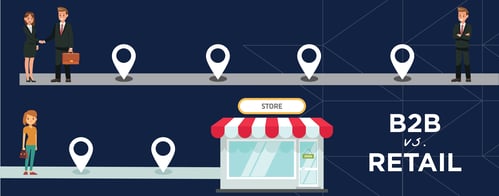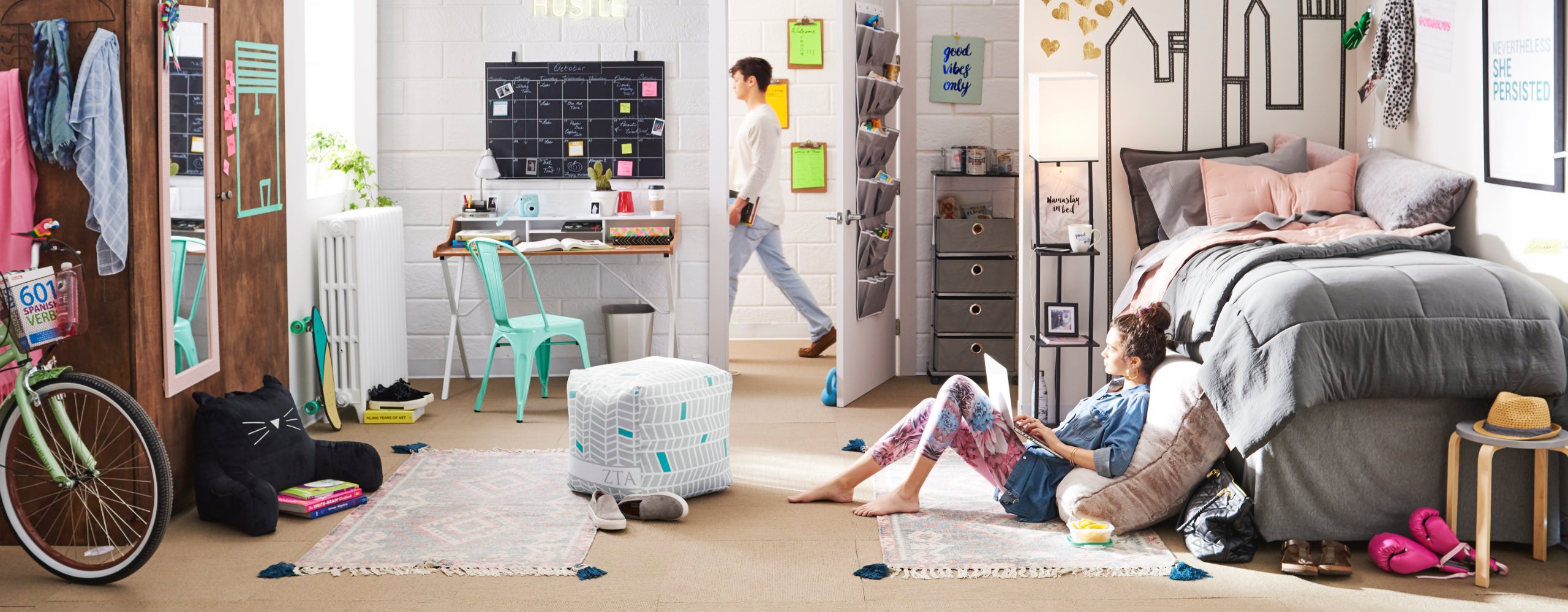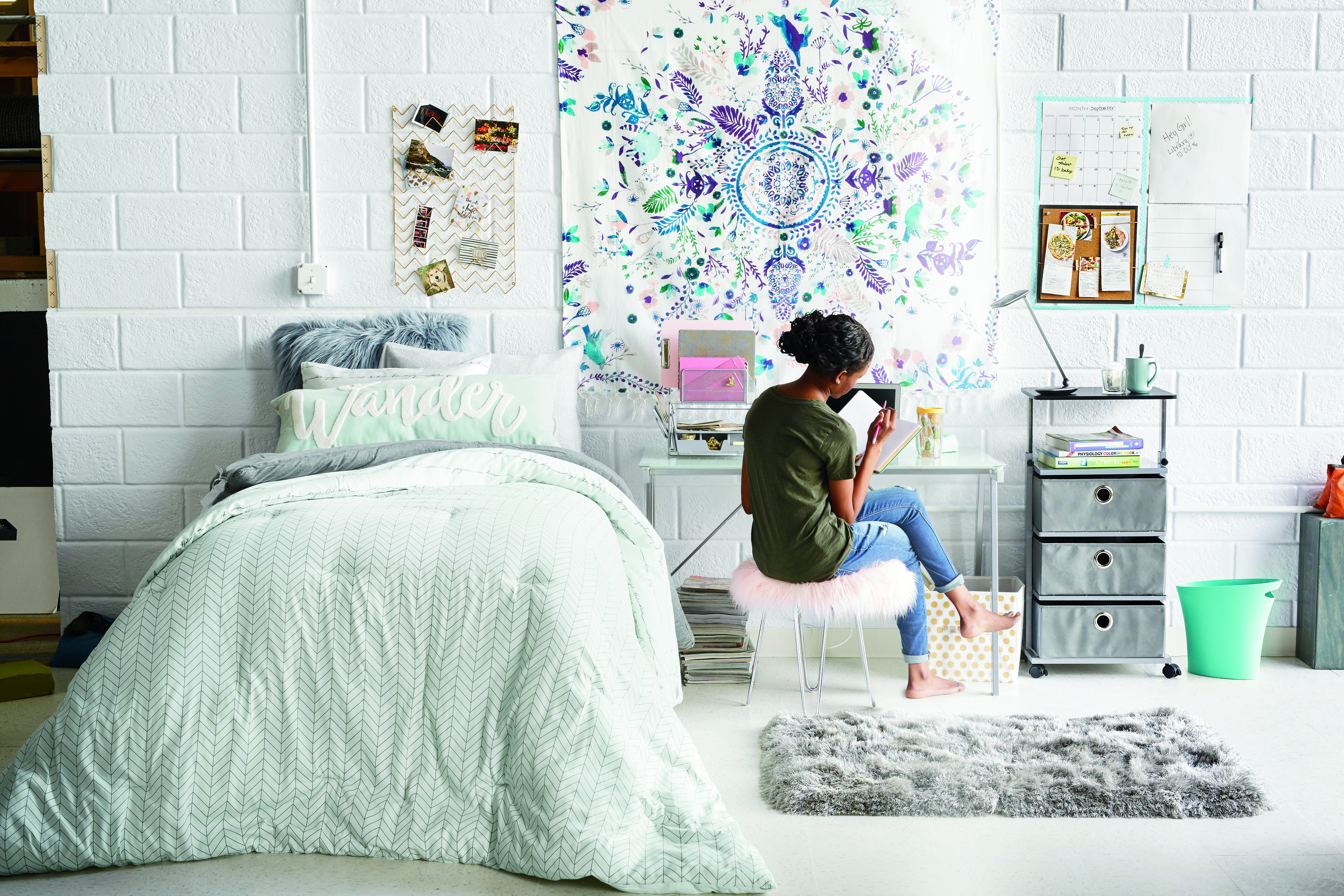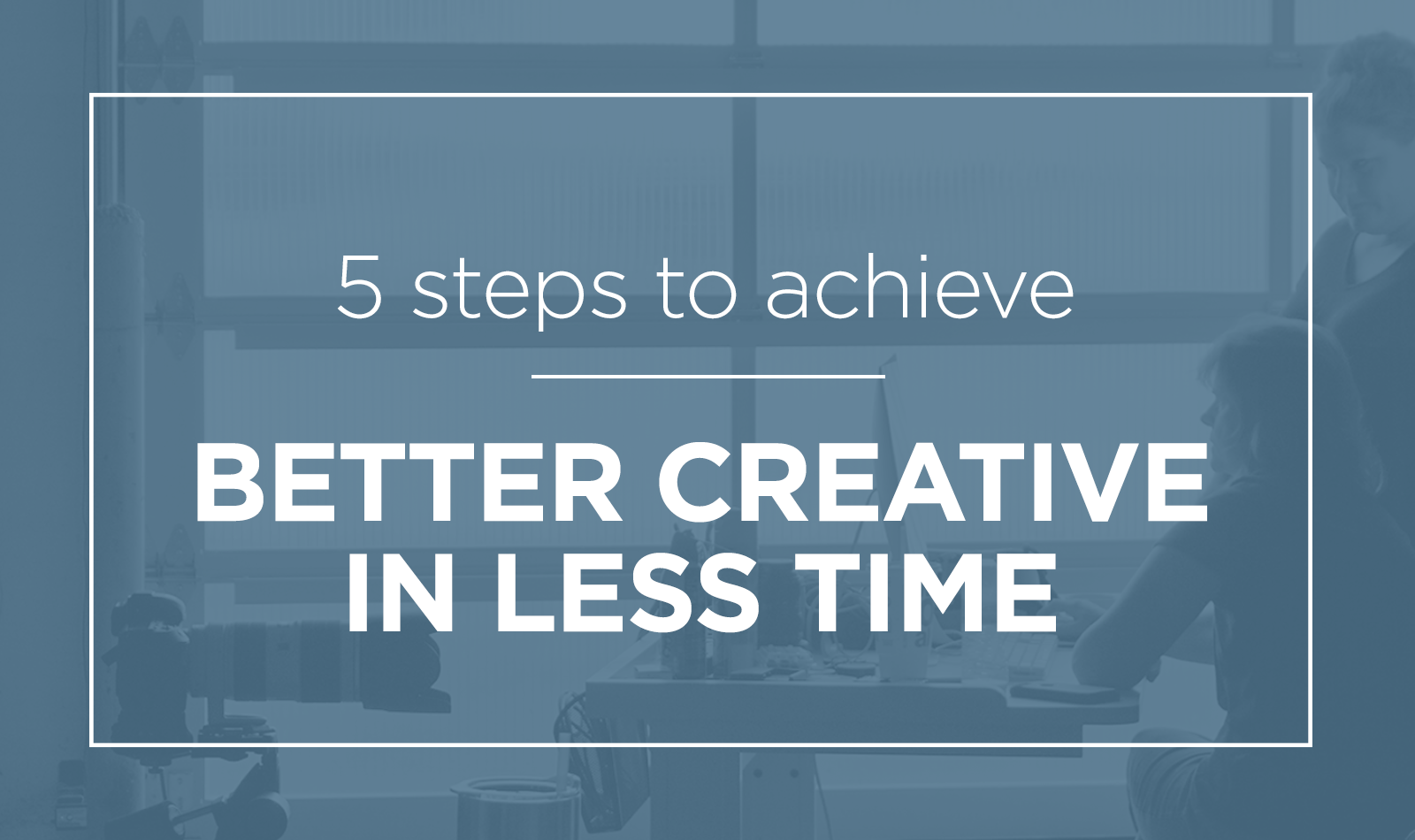
A huge piece of the inbound marketing puzzle is the buyer persona. Inbound is all about delivering the right type of content to the right people at the right time—but according to the Information Technology Services Marketing Association (ITSMA), only 44% of B2B marketers use buyer personas.
We no longer have to rely on sending one message to one giant group of people and hoping our target audience sees it. We now have the power to personalize the content we create and decide when, where, and who to show it to.
Gaining insights about consumers when it comes to B2B marketing can prove to be quite difficult—but the effort will pay off more and more as you begin to fully understand your buyers.
What is a buyer persona?

When you’re developing a content marketing strategy, one of the first questions you need to answer is who your content will serve, and why. And while this might not be exactly what you want to hear, be aware that it’s definitely easier said than done.
A buyer persona is a semi-fictional representation of your ideal customer based on market research and real data about your existing customers. – HubSpot
Buyer personas will help your sales and marketing teams understand who they’re selling and marketing to. However, creating these personas is more than making assumptions about who you think your target audiences are.
“The key to powerful buyer persona development comes down to three important factors: grounded in fact, functional, and more than demographic data.” – Content Marketing Institute
It’s also more than splitting up your audience into segments based on their job titles—although they might end up being categorized this way. You must examine their behaviors, challenges, needs, and more before making that call.
How are B2B buyer personas unique?

Developing buyer personas for B2B marketing can be more challenging than for B2C, or retail marketing, as the B2B buyer is much different from the retail buyer. Forbes does an excellent job describing the “Differences in Selling B2B vs. B2C,” which includes the following:
- B2B buyers have a longer decision-making process than retail buyers
- B2B buyers typically have to involve more stakeholders to gain approval than retail buyers
- Retail buyers are more likely to make one-off purchases than B2B buyers
- B2B buyers require a different type of product knowledge—they may need more technical education than retail buyers
So, for those building personas for the first time, it may not make any difference—but if you’re used to creating personas for retail buyers, you may have to shift your mindset a bit.
How do you create a buyer persona?

We’ve established that building B2B buyer personas takes research, and lots of it. It’s critical to talk to real people when you’re doing the research, and the best case scenario is to have those conversations with current, or even past, customers.
When researching for buyer personas, here are some of the things you’ll want to discover about your customers:
- What are their demographics?
- What is their educational background?
- What has their career path been?
- What is a typical day like at work?
- What knowledge and tools are used in their job?
- What goals and responsibilities are their job measured by?
- What are the biggest challenges they face in their current position?
- What social network platforms do they use and how much do they participate?
- How do they research and interact with vendors?
For a complete list of questions to ask during your persona interviews, see HubSpot’s “20 Questions to Ask When Creating Buyer Personas [Free Template]” blog post.
Reach out to as many people as possible to schedule interviews. The more data you collect, the more informed your final product will be. Start a list of your customers and start knocking them out one by one.
In our experience, we’ve found it best to have the primary contact be the one to ask whether they’d be interested in having a conversation with our research team.
It’s also important to note that you should revisit your buyer personas on a regular basis in order to keep them accurate and up to date. It’s okay to start slow and keep building on your findings until you reach the ideal state of each persona.
You’ve done the research, now what?

You’ve talked to everyone (or close to) on your list. What’s your next step? Study the data. What do your findings tell you about your customers? As you start to notice some common themes, take note of them.
If you started the process already having buyer personas, you might find that they should be completely reworked. Or—you might find that your personas were pretty close to what you discovered in the research phase. In that case, you may just need to refine your current profiles to be more up to date and back them with data.
As we mentioned, you should spend time refining your buyer personas on a regular basis. If you don’t have any to start with—or don’t have the time or resources to fully build out each one in a short period of time—it’s okay to start with one and create more as time permits.
What do best-in-class buyer personas look like?
Once you’ve determined your target personas, you’ll need to create a profile for each one. Your persona profiles should include a high level summary of the things you learned in your research.
HubSpot has a very helpful, interactive tool to guide your persona building process called Make My Persona. The tool walks you through building a persona step-by-step and makes it extremely easy to create a profile. Here’s a screenshot of a sample persona:

The tool’s walkthrough mode reminds you why each step of the process is important, which can be easy to lose sight of if you don’t actively consider it while you’re working out your personas. When you make it through all the steps, your persona will look something like this:

This visual format is similar to the common ones you’ll see when you Google “buyer persona templates,” but it saves you a ton of time you might spend in Keynote or PowerPoint formatting text and graphics. (Too bad this tool wasn’t around when we reworked our buyer personas...we might just have to use it when we revisit to make updates!)
That said, creating a test persona in this tool before you kick off your research phase could really help you understand what lies ahead. Now that you know how to get started, it’s time to get to work!
Is there anything interesting you’ve noticed when building or refining your B2B buyer personas? Do you have any questions? We’d love to hear about it in the comments below.






